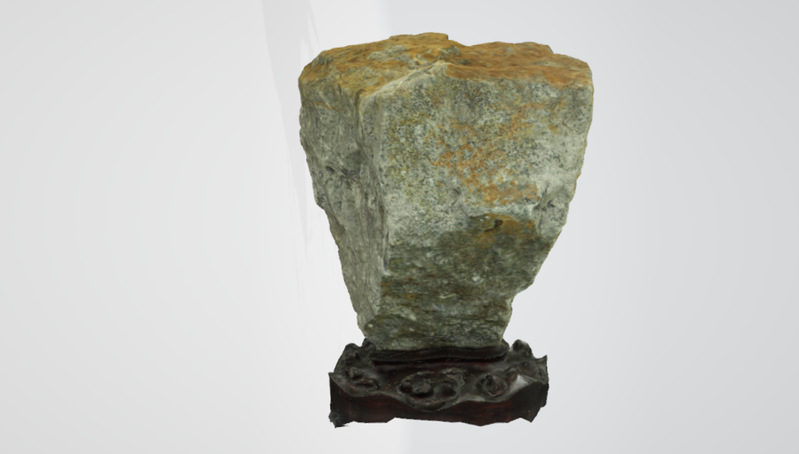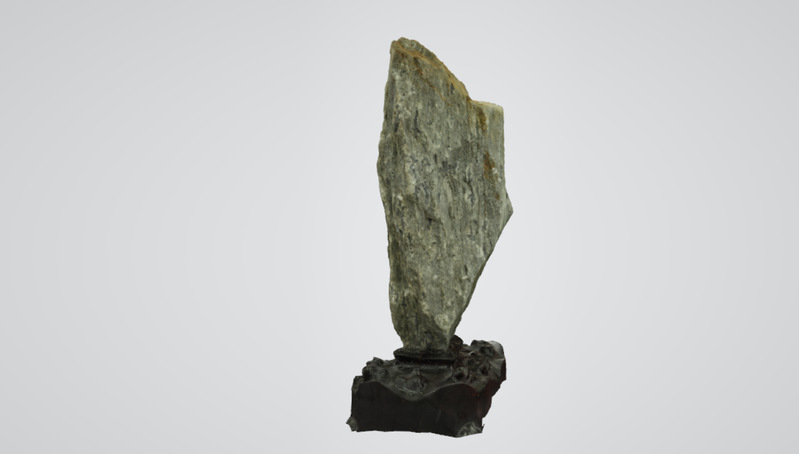

产地:江西
特征:
蓝闪石片岩为一种粗粒而致密组织的岩石,含有斑状变晶(porphyroblastic) 的紫罗兰色到黑色之蓝闪石,岩基为灰色到粉红色,通常是由细粒的柘榴子石、绿帘石、及石英所组成。一般具有细粒鳞片变晶结构或是纤维变晶结构及片状构造。蓝闪石片岩相与区域变质作用中的榴辉岩相有密切的关系,但其代表之的温度较低。
表面可观察到巨大的斑状变晶蓝色至黑色蓝闪石,一般野外蓝色矿物相当稀少,蓝色蓝闪石相当好辨认,又因为岩石表面看起来好像水墨划的黑色竹叶,俗称竹叶石。在偏光显微镜下,蓝闪石具有强烈的蓝绿色多色性。
蓝闪石片岩一般认为是基性火山岩或硬砂岩在温度250至400℃,压力为0.5~1×109帕之间所形成,此一条件在地质环境中是相当低温高压的,一般是大洋板块向大陆或岛弧俯冲到一定深度,造成高压及板块脱水作用形成低温的特殊变质环境,此种作用经常和高温变质作用相伴出现于岛弧环境,即所谓的成双变质带。在台湾东部的玉里一带及日本阶可发现。另外,由钠质交代作用亦有可能形成蓝闪石片岩。玉里变质带的蓝闪石片岩,定年结果显示为八百万至一千四百万年前所形成,经历了数百万年之高压变质作用。
Glaucophane schist
Provenance: Jiangxi, China
Characteristics:
Blueschist /ˈbluːʃɪst/, also called glaucophane schist, is a metavolcanic rock that forms by the metamorphism of basalt and rocks with similar composition at high pressures and low temperatures, approximately corresponding to a depth of 15 to 30 kilometers and 200 to ~500 degrees Celsius. The blue color of the rock comes from the presence of the predominant minerals glaucophane and lawsonite.Blueschists are typically found within orogenic belts as terranes of lithology in faulted contact with greenschist or rarely eclogite facies rocks.
Blueschist often has a lepidoblastic, nematoblastic or schistose rock microstructure defined primarily by chlorite, phengitic white mica, glaucophane, and other minerals with an elongate or platy shape. Grain size is rarely coarse, as mineral growth is retarded by the swiftness of the rock's metamorphic trajectory and perhaps more importantly, the low temperatures of metamorphism and in many cases the anhydrous state of the basalts. However, porphyritic varieties do occur. Blueschists may appear blue, black, gray, or blue-green in outcrop.